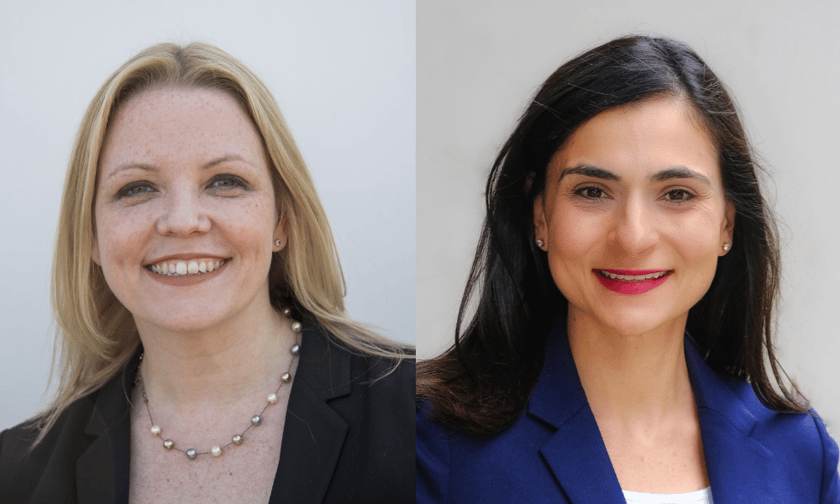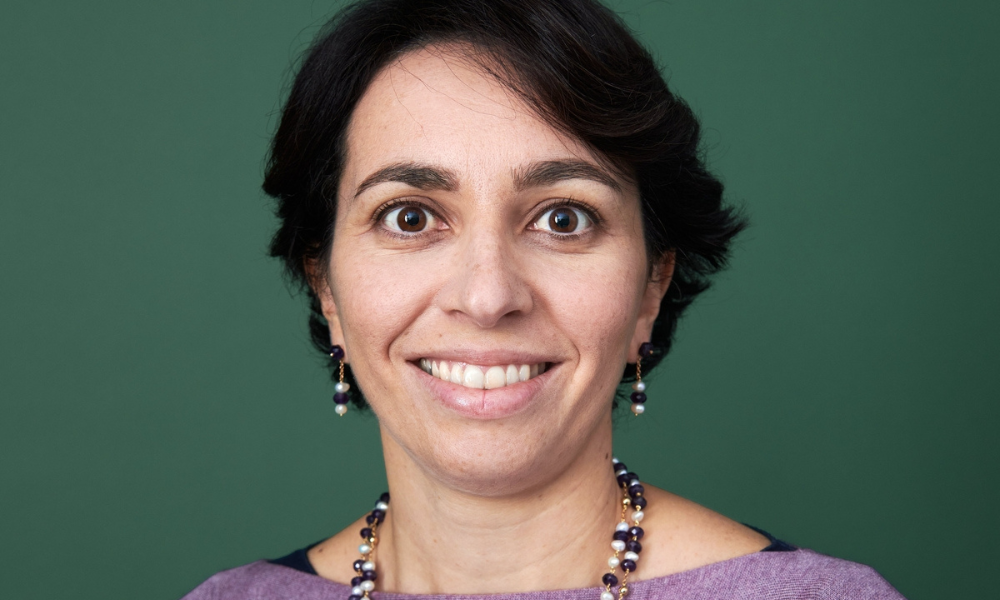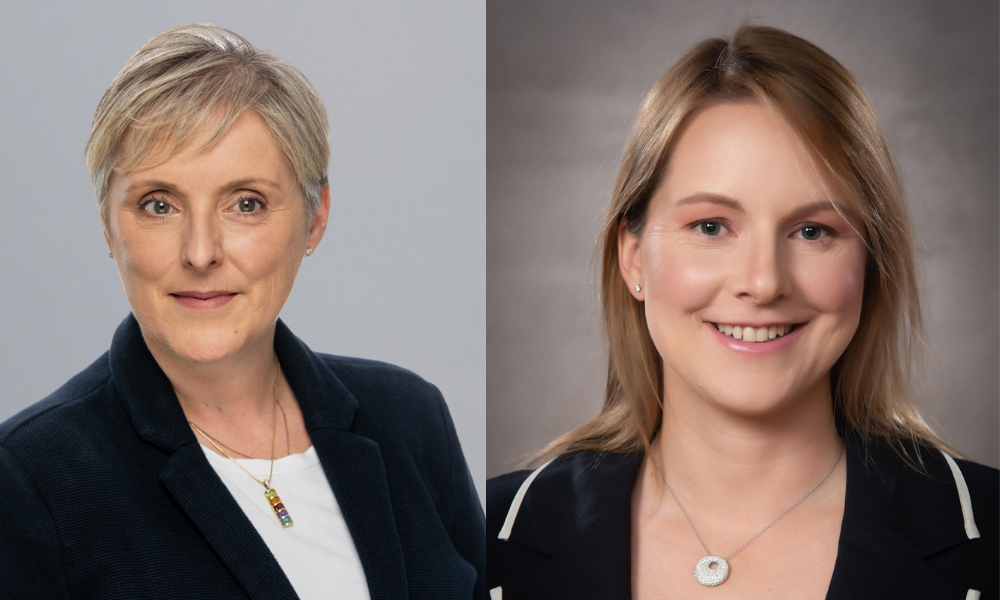

“We live in a world where the war for talent is only going to become more fierce, and we need to have solutions in place for the 50% of the population that is female.” 
Discussing the need for insurance businesses to put the right structures in place to allow women to achieve their full potential, Luisa Barile (pictured inset) the recently announced CEO of ManyPets noted that it’s “not critical, it’s essential”. Personally, she said, she’s not a fan of most of the ‘formal’ structures traditionally implemented to support women, though there are specific initiatives that are generally more relevant to women than men, including the ability to work flexibly and maternity leave policies.
“But in my experience,” she said, “women can achieve their best potential and thrive when they work in a place with a healthy culture, can see other women in senior positions and have a strong network they can tap into to get support and advice.”
Margaret Murphy (pictured above left), claims director at CFC, also underscored the need for having the right support in place. Insurance businesses need to recognise that women will go through multiple stages of life during their career, she said, and it is essential to build a system that is supportive, empathetic and flexible.
“In my opinion, insurance businesses need to invest more in training, mentoring and coaching to combat imposter syndrome and/or feelings of inadequacy,” she said. “Women need to actively champion each other’s accomplishments within the industry.
“I also believe the insurance industry should discuss more openly and invest in comprehensive resources that support employees with fertility/egg freezing/IVF, transitioning back from parental leave, managing emergency child care and aged parental support and, of course, menopause.”
CEO of Allianz Trade, UK & Ireland, Sarah Murrow (pictured above right) highlighted how creating diverse workforces is what allow all employees, not least women, to realise their full potential. As to what this might look like, examples include offering training and encouraging women to go for opportunities when they arise, as well as ensuring the business has a succession plan with female representation in place.
Underpinning this is the need for women in leadership roles, Murrow said.
“For example,” she said, “we report our gender pay gap and we monitor on an ongoing basis to ensure equitable pay for men and women for the same roles. We have also put in place a number of policies to support women at the critical juncture many face when having their families and making the decision to come back to work.
“Those measures include enhanced maternity and paternity leave, talent mobility schemes and access for all employees to flexible working arrangements – such as job sharing, a generous work-from-home policies and flexi-time.”

Offering a broker’s perspective on the discussion, Kate Browne (pictured directly above, left), chief operating officer for McGill and Partners Ireland, voiced her belief in the importance of having a gender-balanced interview panel. People tend to hire those they can relate to, she said, and so having a diverse interview panel helps counteract this bias.
In addition, she highlighted the need to implement paternity leave policies as crucial. Encouraging new fathers to take advantage of this opportunity not only promotes a fair distribution of childcare responsibilities, she said, but also plays a key role in empowering women in their professional pursuits.
“Additionally,” Browne said, “businesses should proactively introduce menopause policies and supportive measures. Recognising the unique challenges that women may face during this stage is vital. By providing resources, flexibility, and understanding, companies can retain experienced women in their workforce. This ensures that women are not unintentionally sidelined during a period when their wealth of experience is incredibly valuable.”
As COO of Zurich UK, Anita Fernqvist (pictured directly above, right) emphasised the need to both support and promote a diverse workforce. However, she noted that she’s always seen that objective as less about structures and more about removing barriers, which is subtly different.
“It’s about asking ourselves how we get the broadest range of people involved in our organisations, climbing the ranks, and bringing that different challenge to the table,” she said. “As organisations, we need to listen to the people we have and appreciate what barriers there may be.
“What we think is needed may be completely different to what is actually needed, and we don’t know that without talking to our people. It’s critical that we make sure that the right support networks are there, so that the right dialogue is happening.”
